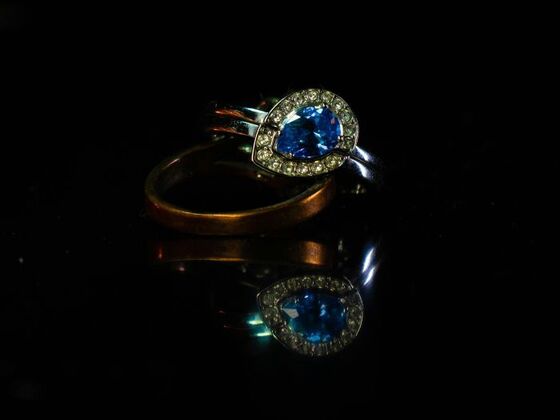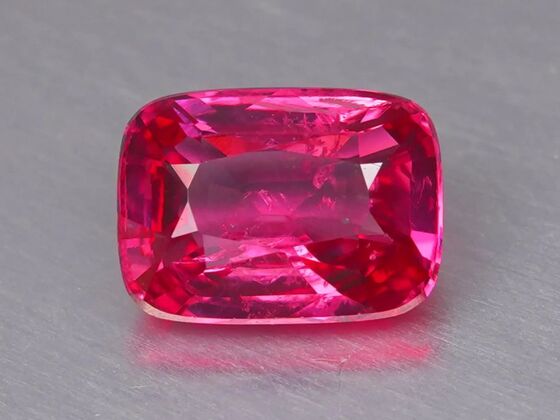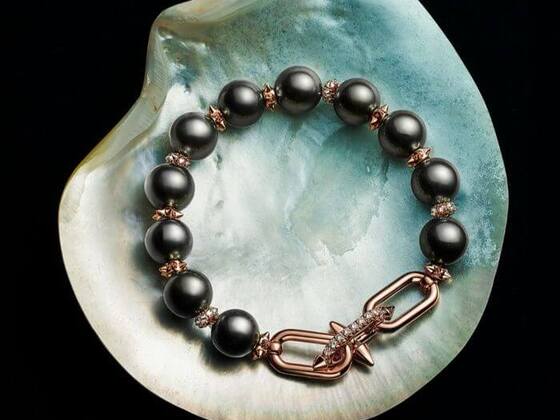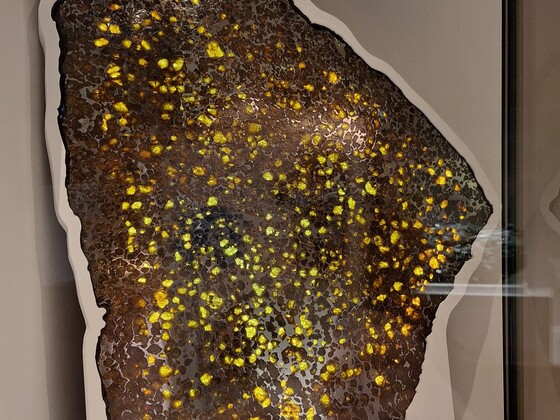The Mohs Hardness Scale is used as a convenient way to help identify minerals. A mineral’s hardness is a measure of its relative resistance to scratching, measured by scratching the mineral against another substance of known hardness on the Mohs Hardness Scale.
What Is the Mohs Hardness Scale?
The Mohs Hardness Scale is a qualitative ordinal scale developed in 1812 by German mineralogist Friedrich Mohs to measure a mineral’s scratch resistance. Using ten reference minerals, it ranks minerals from 1 (softest) to 10 (hardest). The core principle is straightforward: a harder material can scratch a softer one, but not vice versa.
Expanded Reference Minerals and Common Comparisons
The scale’s reference minerals are paired with everyday objects and materials to simplify field testing. Here’s an enhanced breakdown:
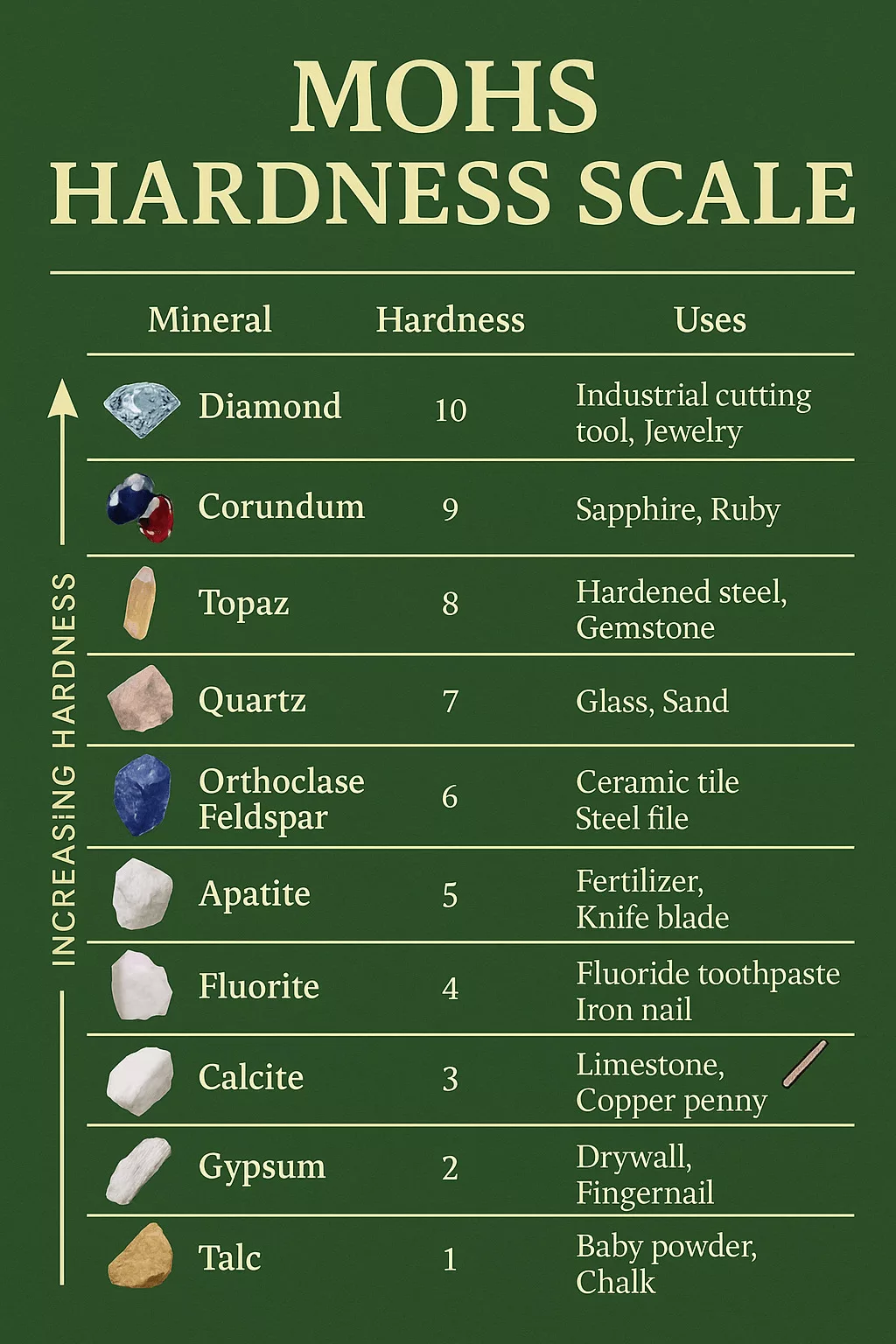
From Soft to Super Tough
The Mohs Hardness Scale ranks minerals by their resistance to scratching, from the softest (talc) to the hardest (diamond). Here’s a quick guide through the ten reference minerals on the scale:
- Talc – The softest mineral, easily scratched with a fingernail. Talc is commonly used in baby powder.
- Gypsum – Slightly harder than talc but still soft; it can be scratched by a fingernail and is used in plaster and chalk.
- Calcite – Found in limestone and marble, calcite is harder than gypsum but still relatively soft.
- Fluorite – Used in toothpaste, fluorite helps protect teeth from cavities.
- Apatite – This mineral is actually present in your teeth and bones.
- Orthoclase (Feldspar) – A key component of granite, orthoclase is much tougher than the minerals before it.
- Quartz – A common gemstone that can scratch glass, quartz is notably hard.
- Topaz – Known for its durability, topaz is often used in jewellery.
- Corundum – The mineral that forms rubies and sapphires, corundum is extremely hard, second only to diamond.
- Diamond – The hardest known natural material; only another diamond can scratch it.
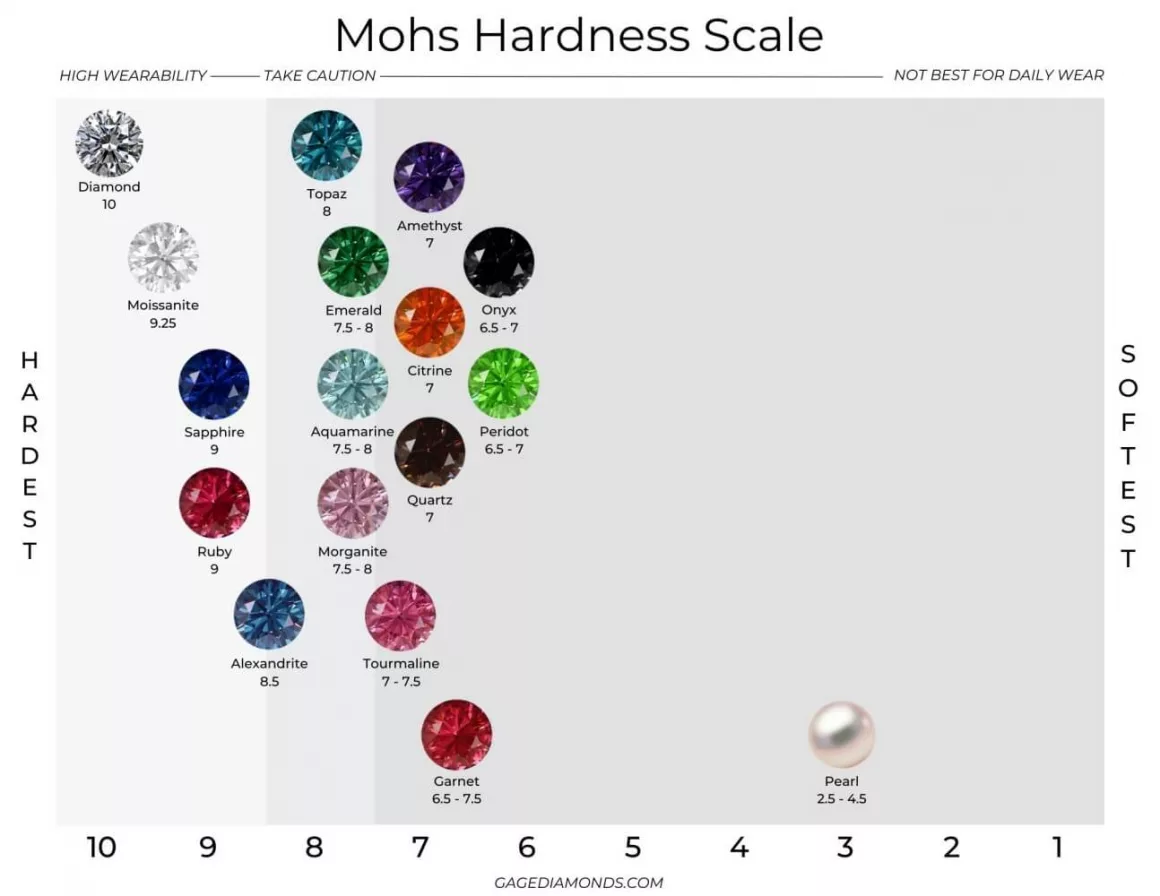
In-Depth Identification Techniques
Step-by-Step Scratch Testing:
- Select a Fresh Surface: Ensure the mineral’s surface is clean and unweathered.
- Use Reference Tools:
- Common Objects: Fingernail (2.5), copper coin (3.5), steel knife (5.5), glass plate (5.5), porcelain tile (7.0).
- Field Kits: Portable kits with reference minerals (e.g., quartz, topaz) for precise comparisons.
- Apply Gradual Pressure: Scratch the mineral with the test object. If it leaves a mark, the mineral’s hardness is less than that of the object. If not, it’s equal to or greater than.
- Narrow the Range: For example, if a mineral is scratched by quartz (7) but not orthoclase (6), its hardness is between 6 and 7.
Pitfalls to Avoid:
- Toughness vs. Hardness: A diamond (10) is hard but can shatter if struck, while jade (6.5–7) is softer but tougher.
- Composite Materials: Rocks like granite contain multiple minerals, so test individual grains, not the whole sample.
Advanced Applications and Industrial Relevance
- Electronics Manufacturing: Screen durability tests for smartphones (e.g., Gorilla Glass, hardness ~6–7).
- Geology Fieldwork: Quick mineral ID using scratch kits, aiding in mapping rock formations.
- Material Science: Comparison with the Vickers scale for precision. For example:
| Mineral | Mohs Hardness | Vickers Hardness (kg/mm²) |
| Quartz | 7 | 100 |
| Corundum | 9 | 400 |
| Diamond | 10 | 1,500 |
Limitations of the Mohs Hardness Scale and Modern Alternatives
- Non-Linear Scale: The jump from corundum (9) to diamond (10) represents a 4x increase in absolute hardness.
- Quantitative Methods:
- Vickers/Knoop Tests: Measure indentation depth under controlled loads for metals and alloys.
- Rockwell Scale: Used in engineering for steel and plastics.
Summary
The Mohs Hardness Scale has endured as an indispensable tool for geologists, gemologists, students, and hobbyists alike. Its enduring appeal lies in its straightforward, hands-on approach, allowing anyone to quickly assess a mineral’s hardness using simple scratch tests and everyday objects. This ease of use makes it ideal for fieldwork, classroom demonstrations, and even home experiments.
However, as materials science and industry have advanced, so too have the demands for precision and specificity. While the Mohs scale is perfect for rapid, relative comparisons, it does not provide the detailed, quantitative data required in specialised applications such as engineering, manufacturing, or advanced gemology. For these purposes, professionals often supplement the Mohs scale with more precise methods like the Vickers, Knoop, or Rockwell hardness tests, which can measure minute differences in hardness and provide absolute values.
By understanding the Mohs scale’s strengths and limitations, users can make informed decisions, whether they’re identifying a mysterious mineral in the field or selecting the right material for a high-performance industrial application. The combination of practical scratch tests and modern quantitative techniques ensures both accessibility and accuracy in mineral identification.
Frequently Asked Questions (FAQ’s)
It provides a quick, hands-on method to identify minerals in the field or lab by comparing their scratch resistance to known reference samples or even everyday objects. This makes it especially useful for geologists, gemologists, and hobbyists.
Common household items used for informal hardness testing include a fingernail (2.5), copper coin (3.5), steel knife (5.5), and glass (5.5). These help estimate mineral hardness when reference minerals aren’t available.
The Mohs scale is best for relative comparisons and quick field identification, but it does not provide precise or absolute hardness values. For greater precision, especially in industrial or scientific settings, quantitative tests like the Vickers, Knoop, or Rockwell hardness tests are preferred.
No, the Mohs scale is not linear; differences between steps vary greatly (for instance, diamond is much harder than corundum, even though they are just one point apart). Also, it measures resistance to scratching only, not overall toughness or how likely a mineral is to break when struck.
Ready to Start Your Gemstone Journey?
Don’t wait to discover the world of gemstones! Explore these essential reads right away.
Fascinated by this article and want to deepen your gemstone expertise? Dive into our comprehensive Gemstone Encyclopedia. Here, you’ll discover detailed information about hundreds of precious and semi-precious stones, including their properties and values.
For those interested in the rich cultural significance and fascinating stories behind these treasures, our History section offers captivating insights into how gemstones have shaped civilisations. Or perhaps you’d like to learn more about birthstones?
And if you’re considering gemstones as more than just beautiful adornments, visit our Precious Metal Investing guide. Here you will learn how these natural wonders can become valuable additions to your investment portfolio.
Related articles
- Precious Gemstones – A Journey into Their Allure and Significance
- Semi-Precious Gemstones: The Ultimate Guide
- Pink Gemstones: Types, Symbolism & Find the Perfect One
- Black Gemstones & Their Allure
- Lab-Grown vs. Natural Diamonds
- Quartz: The Shape-Shifter of the Mineral World.
Curious to learn more about minerals, gemstones, and their fascinating properties? Explore our comprehensive Gemstone Encyclopedia for in-depth articles, identification guides, and expert insights!
References.
- Wikipedia (2025). The Mohs Scale
- Britannica (2025). Mohs Hardness
- International Gem Society (April 17, 2025) The Mohs Hardness Scale And Chart For Select Gems
- LinkedIn (27 January 2025). Understanding the Mohs Hardness Scale

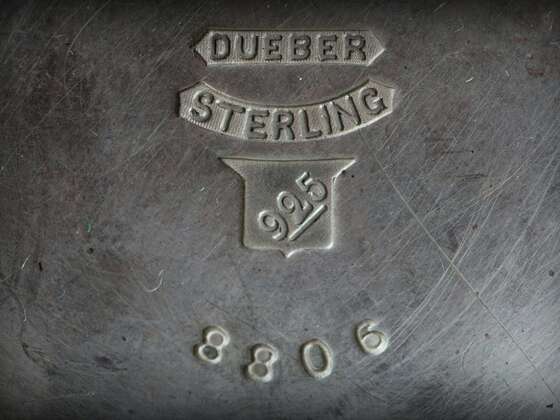
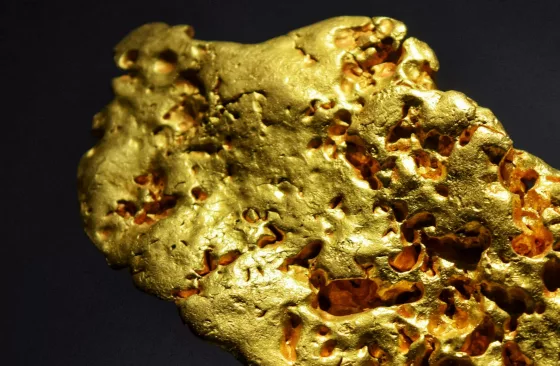
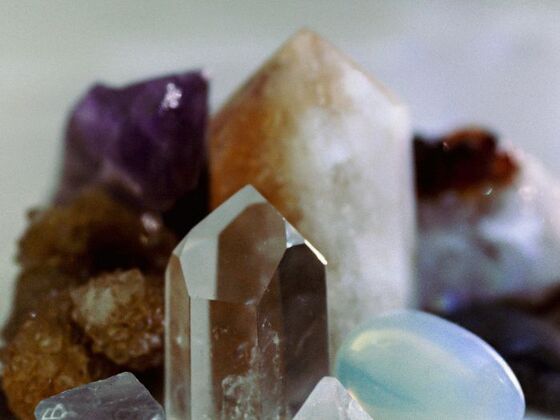
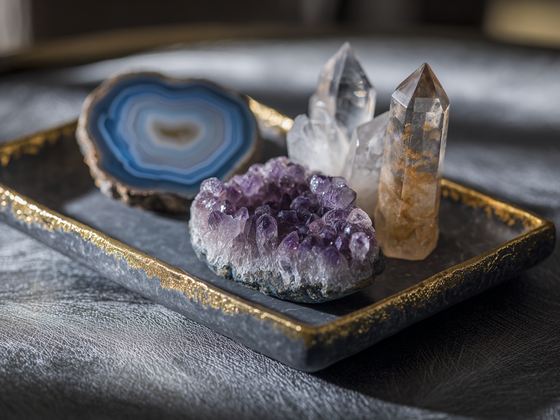

![Pigment analysis of Raphael's masterpiece[7][8] reveals the usual pigments of the renaissance period such as malachite mixed with orpiment in the green drapery on top of the painting, natural ultramarine mixed with lead white in the blue robe of Madonna and a mixture of lead-tin-yellow, vermilion and lead white in the yellow sleeve of St Barbara.](https://gemstonesinsider.com/wp-content/uploads/2025/09/Raphael-Madonna_Sistine_sm-560x420.jpg)
